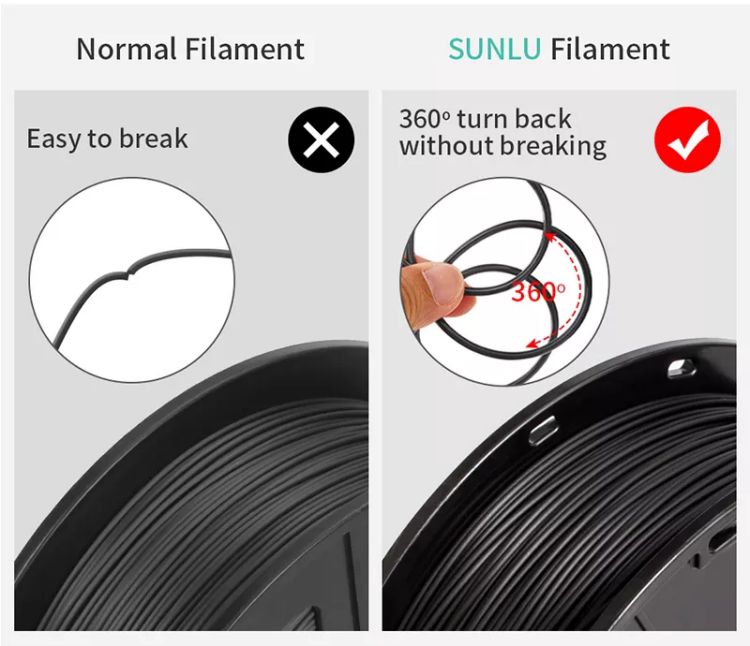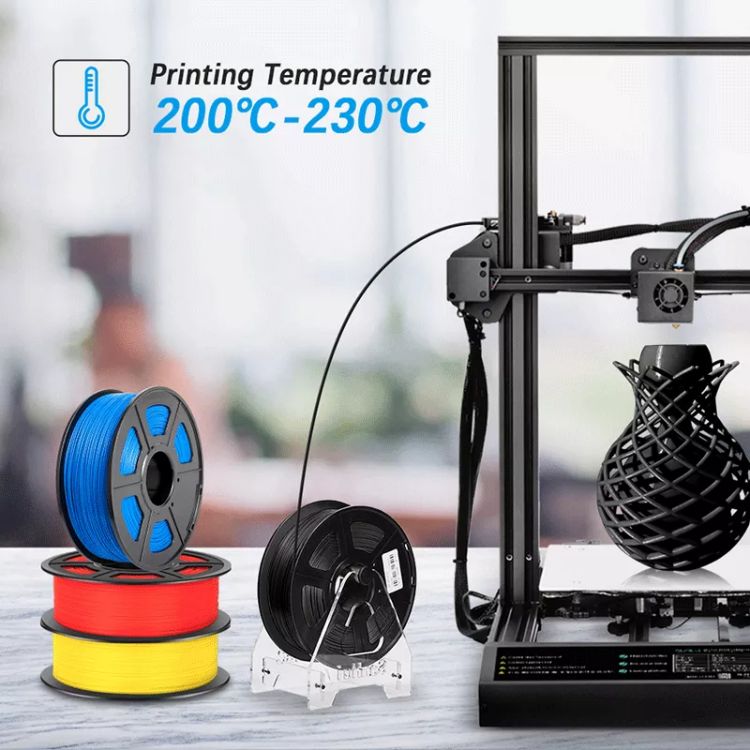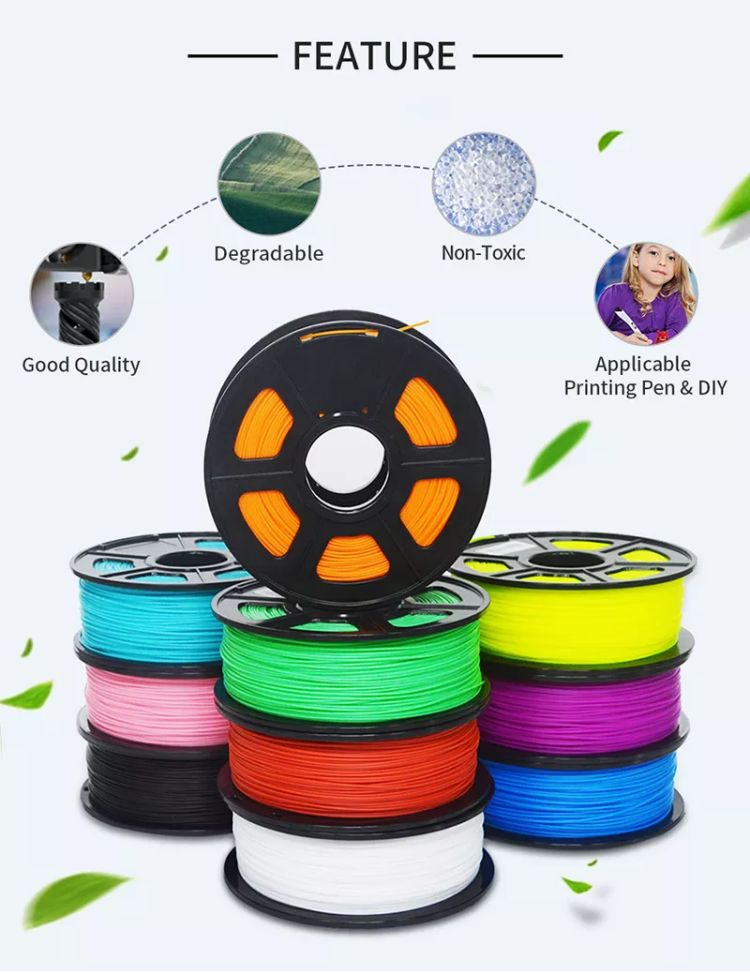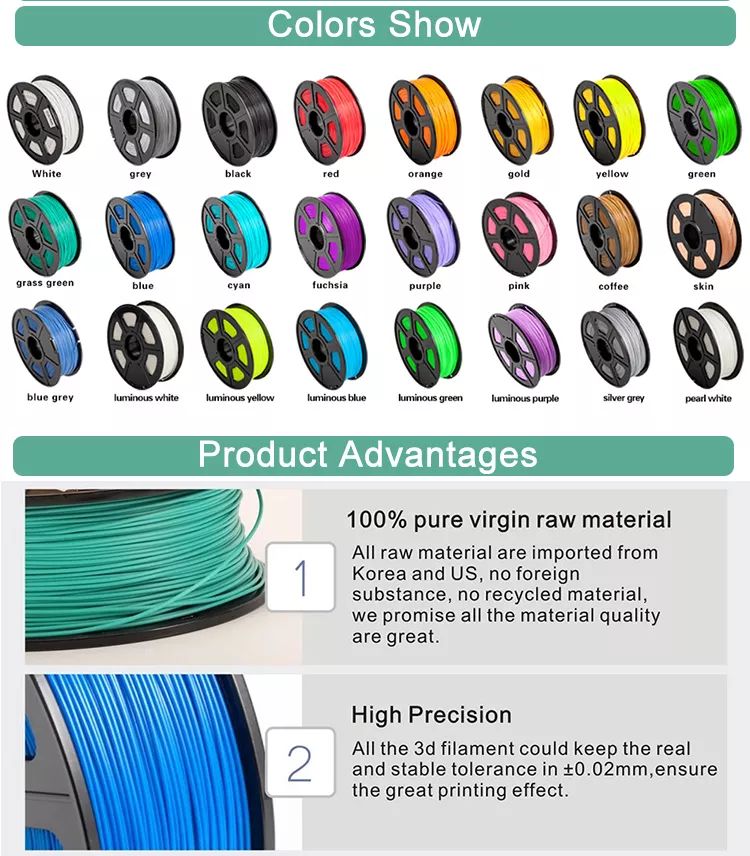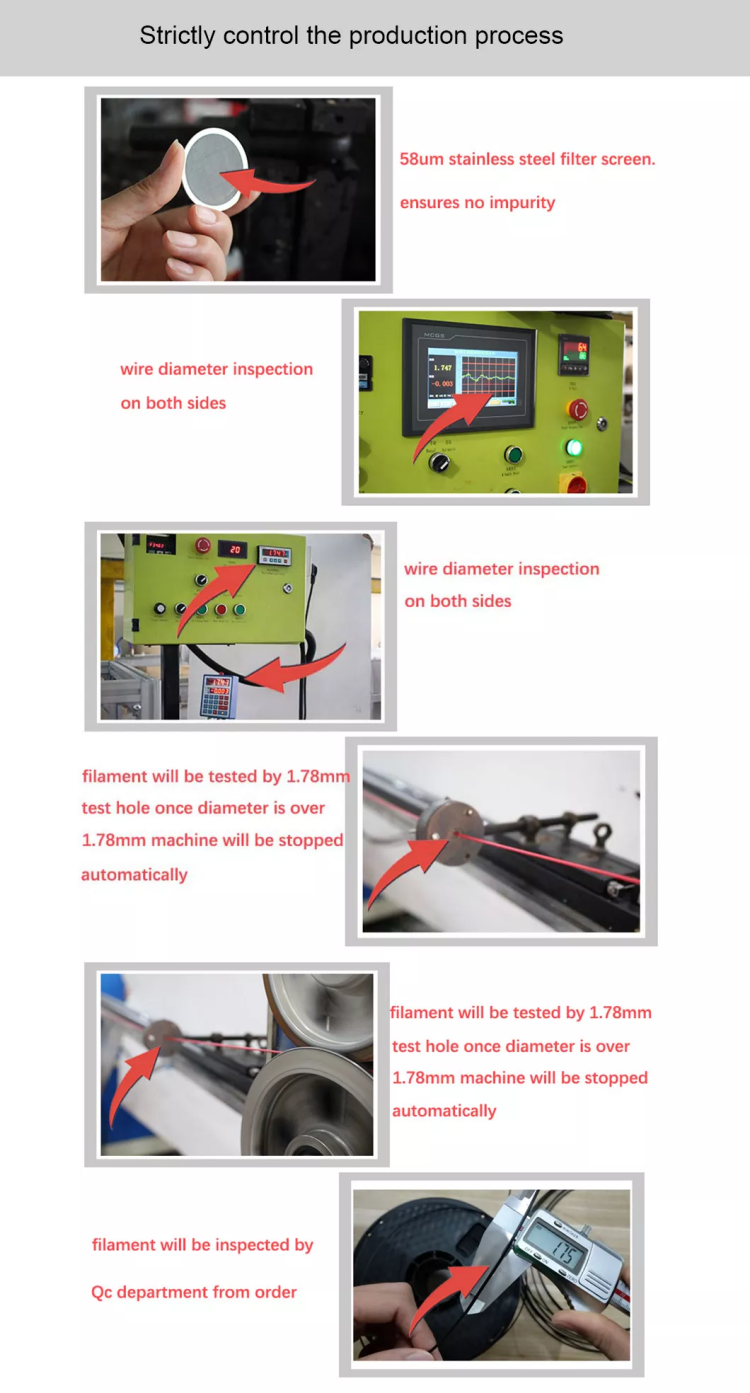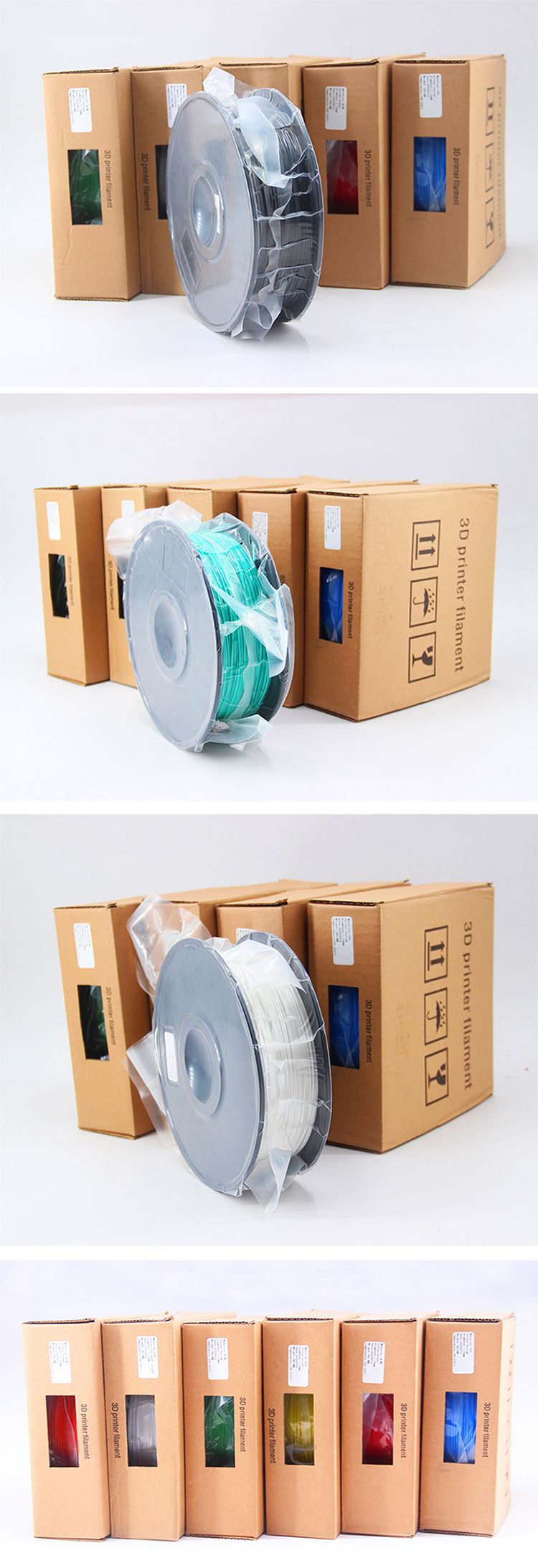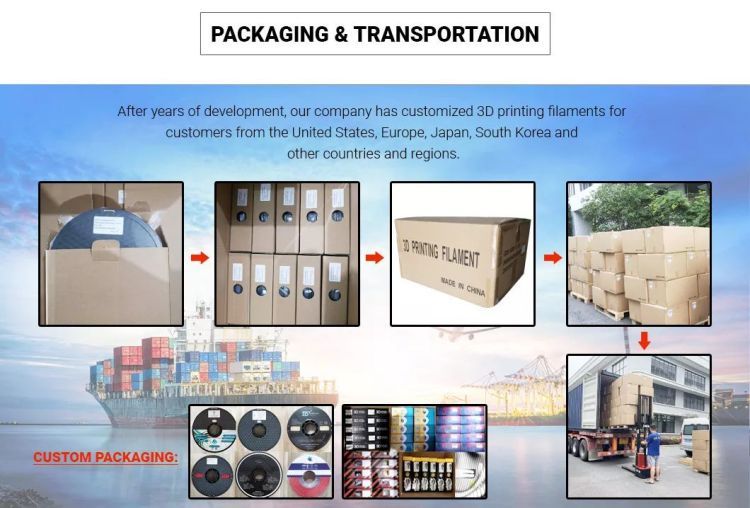Filament Maker Geeetech 3D Printer Filament PETG PLA TPU Silk PLA Nylon 1KG 1.75mm
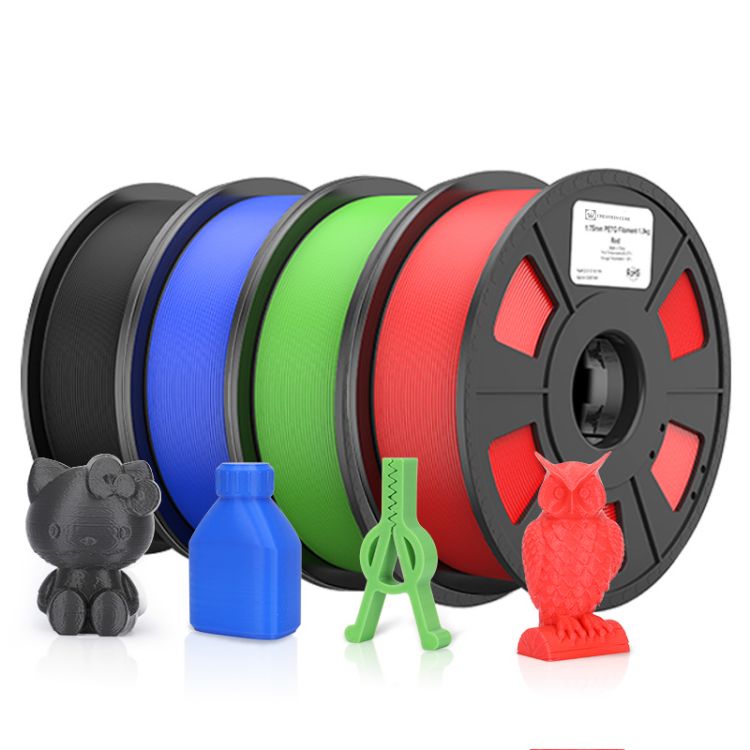
3D printing refers to the use of digital technology materials, based on digital model files, through different adhesive materials to construct three-dimensional products. According to the characteristics of different printing materials, their applications are also different. Instead of just making models in the past, many 3D printing materials have been applied to the mass production of some products and integrated into the manufacturing of many fields. PLA material is one of the 3D printing materials widely used for environmental protection.
PLA polylactic acid, also known as polylactide, refers to a polyester polymer obtained by polymerizing lactic acid as the main raw material. It is usually made from starch proposed by renewable plant resources (such as corn, cassava, etc.). It is a new type of renewable biodegradable material.
PLA material properties
Renewable raw materials, even if they are used as 3D printing materials, are relatively easy to obtain and can be used for large-scale production;
Good thermal stability and good solvent resistance. The processing temperature of PLA is between 170 and 230 °C, and the finished product has good heat resistance;
It has good air permeability, transparency and gloss, and can be processed by extrusion, spinning, biaxial stretching, injection blow molding, etc. The tensile and flexural modulus are comparable to traditional plastic resins;
High biocompatibility, L-lactic acid, the monomer raw material of PLA, is an endogenous active substance in the human body, so the finished product printed by the 3D printing material PLA is non-toxic to the human body and can be absorbed by the human body;
Good degradability, different from the degradation methods of other 3D printing materials, PLA is completely degraded by microorganisms in nature under specific conditions by being buried in the soil to generate carbon dioxide and water, and the generated carbon dioxide directly enters the soil organic matter or is absorbed by plants. , will not be discharged into the air, and is a recognized environmentally friendly material.

